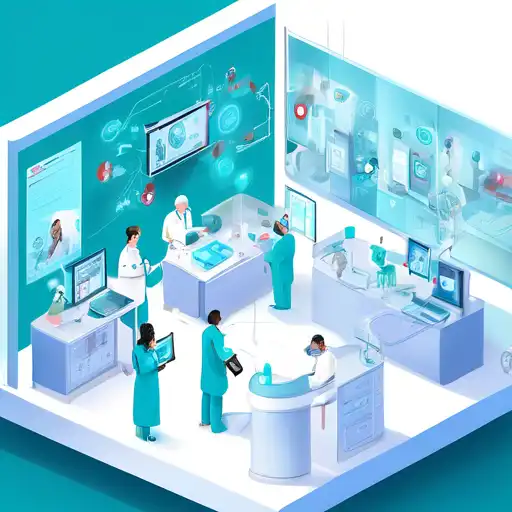Introduction to IoT in Healthcare
The Internet of Things (IoT) is revolutionizing various sectors, and healthcare is no exception. By integrating IoT devices into medical services, healthcare providers can offer more personalized, efficient, and effective care. This article explores how IoT is transforming healthcare services, improving patient outcomes, and streamlining operations.
Enhanced Patient Monitoring
One of the most significant benefits of IoT in healthcare is the ability to monitor patients in real-time. Wearable devices and sensors can track vital signs such as heart rate, blood pressure, and glucose levels, transmitting this data directly to healthcare professionals. This continuous monitoring allows for timely interventions, reducing hospital readmissions and improving patient care.
Improved Medication Management
IoT devices are also making medication management more efficient. Smart pill dispensers remind patients to take their medication and alert healthcare providers if doses are missed. This technology is particularly beneficial for elderly patients or those with chronic conditions, ensuring adherence to treatment plans and reducing the risk of complications.
Streamlined Hospital Operations
Beyond patient care, IoT is optimizing hospital operations. Asset tracking systems use IoT to locate medical equipment quickly, reducing downtime and improving efficiency. Additionally, IoT-enabled environmental monitoring ensures optimal conditions in sensitive areas like operating rooms and laboratories, enhancing safety and compliance.
Remote Healthcare Services
IoT is breaking down geographical barriers in healthcare. Telemedicine platforms, powered by IoT, enable remote consultations and diagnostics, making healthcare accessible to underserved populations. This not only improves patient convenience but also reduces the burden on healthcare facilities.
Challenges and Considerations
Despite its benefits, the adoption of IoT in healthcare comes with challenges. Data security and privacy concerns are paramount, as sensitive patient information is transmitted across networks. Healthcare providers must implement robust cybersecurity measures to protect against breaches and ensure compliance with regulations like HIPAA.
Conclusion
The integration of IoT into healthcare services is transforming the industry, offering unprecedented opportunities for patient care and operational efficiency. As technology advances, the potential for IoT in healthcare will continue to expand, paving the way for a more connected and efficient healthcare system. For more insights on digital transformation in healthcare, explore our digital transformation section.
